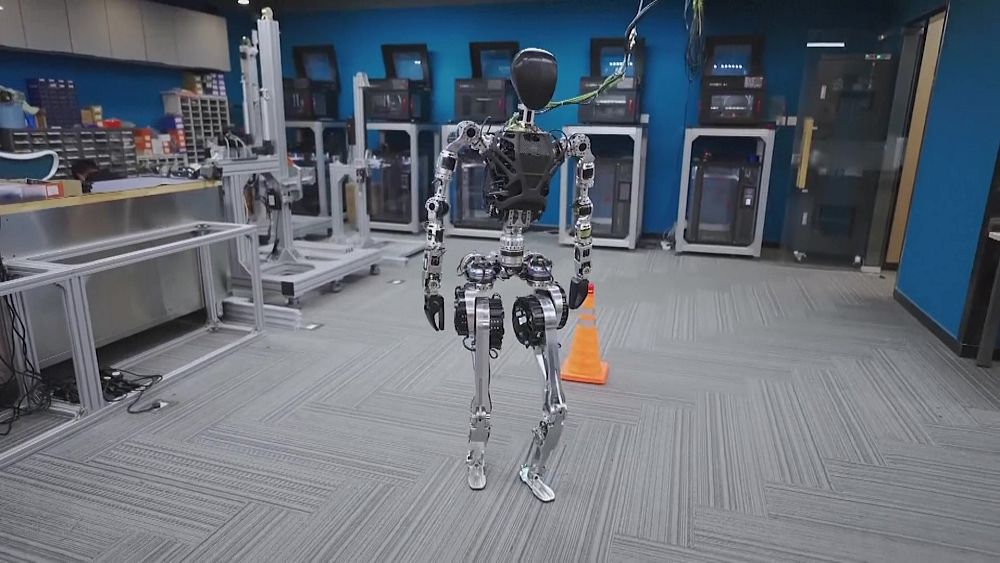AI summary:
The world’s first mass-produced humanoid robot was the GR-1, developed by Fourier Intelligence in China[1][2][3]. The robot is 1.64 meters tall and weighs 55 kilograms, and is designed to help tackle labor shortages amid an aging population. It is capable of carrying patients from the bed to wheelchairs and helping to pick up objects[1][2][3][5]. While the GR-1 is often referred to as the world’s first mass-produced humanoid robot, it is important to note that it is not the first humanoid robot ever produced. However, it is the first to be mass-produced, meaning that it is produced in large quantities for commercial use[3].
Citations: [1] https://www.euronews.com/video/2023/07/12/worlds-first-mass-produced-humanoid-robot-to-tackle-labour-shortages-amid-ageing-populatio [2] https://www.euronews.com/next/2023/07/12/worlds-first-mass-produced-humanoid-robot-to-tackle-labour-shortages-amid-ageing-populatio [3] https://www.zmescience.com/science/news-science/fourier-intelligence-gr-1-humanoid-bot/ [4] https://www.youtube.com/watch?v=sgo-jF4j8g8 [5] https://www.youtube.com/watch?v=ogiAkllCzA4 [6] https://www.youtube.com/watch?v=HhOND0JWoGA



So far, every piece of automatization created more jobs, and those jobs were ultimately better. Unfortunately people who works automated jobs will have to adapt, but the hope is, the society will help them with that.